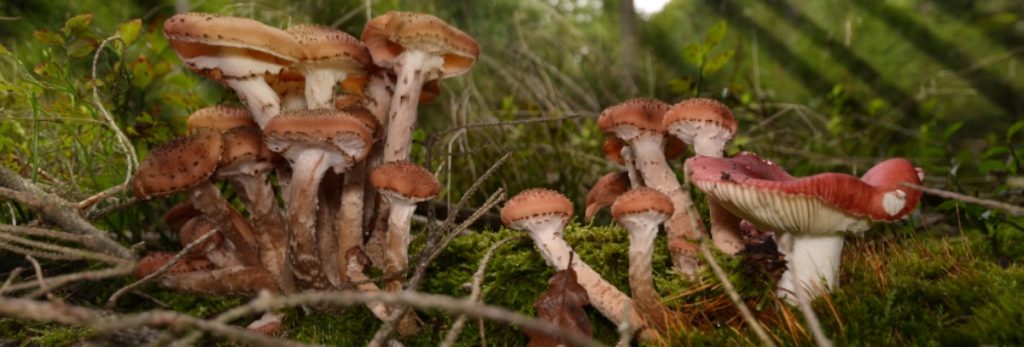Phobias are a type of anxiety disorder that causes people to experience extreme, irrational, overwhelming and sometimes debilitating fear.
You can have a phobia of almost anything, and some of the most common are phobias of insects, snakes, heights, small spaces and dentists.
But, you may wonder, can you have a mushroom phobia?
The answer is yes, and the name given to a mushroom phobia is mycophobia.
In this article, we explore what mycophobia is, mycophobia meaning, what causes mycophobia, symptoms of mycophobia and common treatments for mycophobia.
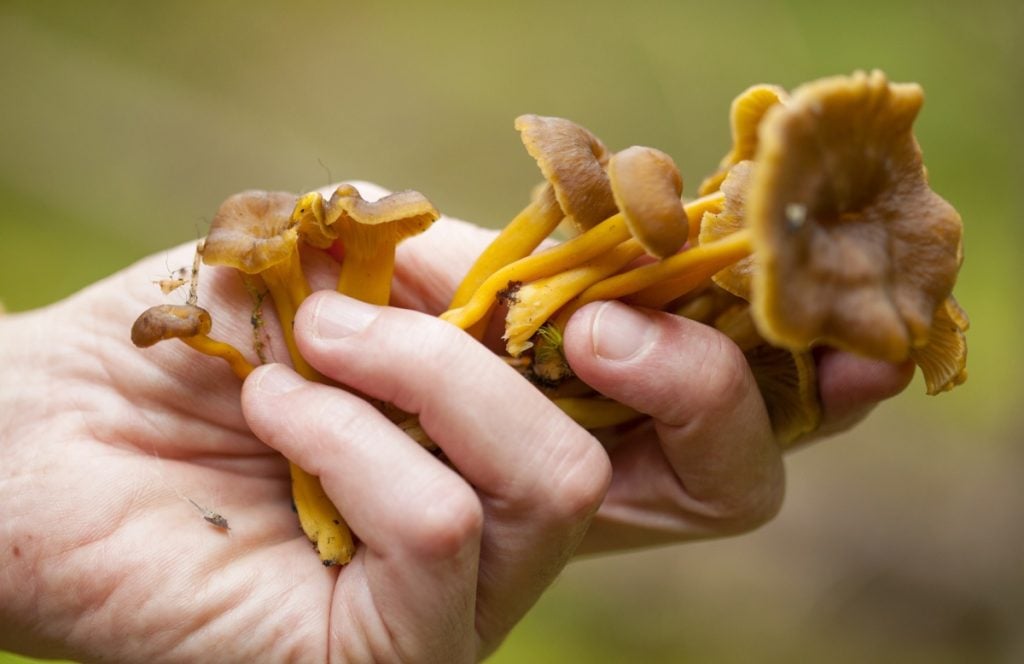
What is Mycophobia?
Mycophobia is the irrational fear of all types of fungus, including mushrooms, toadstools and mold.
If we take a closer look at the word mycophobia it gives us clues to its meaning.
The first part, myco, is the Greek word for fungus, and the second part, phobia, originates from the Greek word Phobos, which means dread, fear or horror.
Another word with the same meaning as mycophobia is fungophobia, and those who suffer from these phobias are mycophobes or fungophobes.
People with mycophobia have an intense fear of getting ill from a fungus, either by touching or eating poisonous mushrooms or breathing in mold spores.
Mycophobia is more often associated with the fear of mushrooms than mold, and the Macmillan dictionary states the mycophobia definition as “a strong dislike or fear of mushrooms.”
While people often link the fear of mold to mycophobia, sometimes it’s also linked to mysophobia, the fear of germs, as people who fear mold often also fear germs.
In this article, we are going to focus on people with mycophobia who have a fear of wild mushrooms and go out of their way to avoid them.
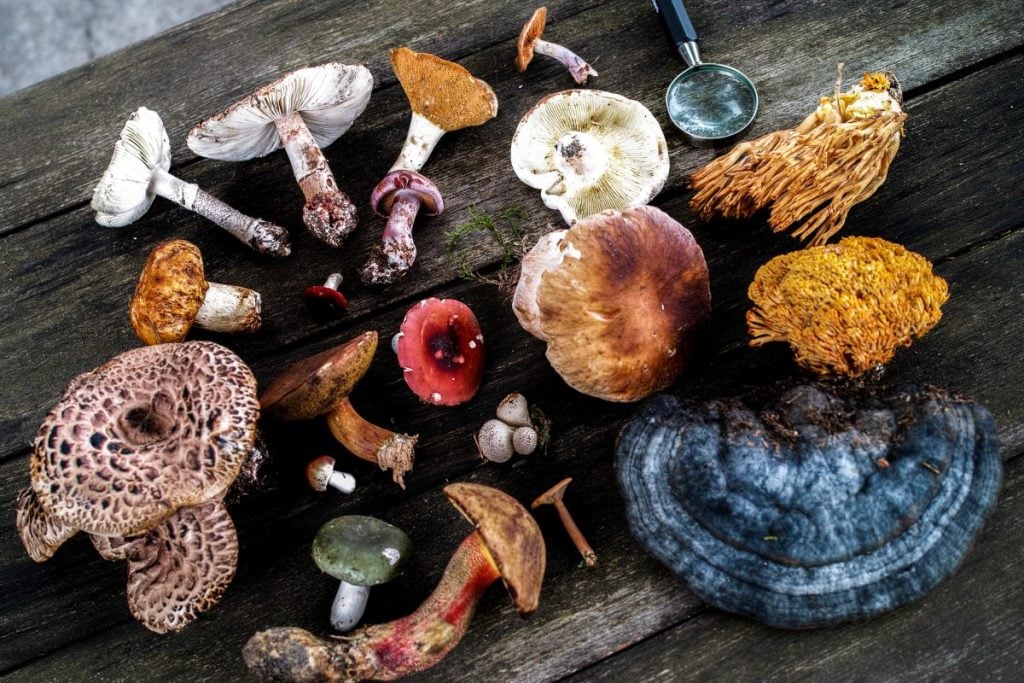
What Causes Mycophobia?
The exact causes of mycophobia are not known, and like other specific phobias, numerous factors may play a role, including:
Culture
Some countries prize mushrooms for their culinary and medicinal uses, while others approach them with suspicion and fear.
If you come from a country with a cultural fear of mushrooms, you’re more likely to encounter people and information that instill a fear of mushrooms.
Personal Experiences
Traumatic personal experiences can sometimes be the cause of phobias. For example, if you or someone in your family gets very ill, severely injured or dies because of a specific object or situation.
With mycophobia, this is rare. In most cases, it’s hearing about the dangers of mushrooms and observing others’ reactions that causes people to fear mushrooms.
Observational Learning
Many people who develop mycophobia have learned to fear mushrooms by watching others show extreme reactions.
Young children often learn from warnings and their parent’s reactions to mushrooms found growing in the wild or in their backyard.
Informational Learning
Society constantly warns that mushrooms can kill us if we accidentally eat the wrong type of mushroom, and while this is true, only a small percentage of mushrooms are lethal.
But, the fear created by these warnings causes people to avoid all wild mushrooms and occasionally even store-bought mushrooms.
People may develop mycophobia after hearing or reading stories about people who have become sick or died after eating poisonous wild mushrooms.
Genetics
A family history of anxiety disorders or specific phobias may mean that a person has a greater chance of developing mycophobia or any phobia for that matter.
Not everyone who has a bad experience learns from their parents or encounters negative information about mushrooms develops mycophobia.
While the exact causes of mycophobia are not known, many mental health professionals agree that both genetics and environmental factors play a role.
What is Cultural Mycophobia?
Some countries fear mushrooms more than others, and certain societies have a historical fear of mushrooms.
In these countries, mushrooms are seldom discussed or studied, and mystery and fear continue to surround them.
But, many Asian, Slavic and European countries have a long history of foraging and eating wild mushrooms.
The people in these countries enjoy mushrooms and get excited when they find them.
In France, for example, you can take wild mushrooms to a pharmacist, and they will help identify if they are edible or not.
This assistance helps to remove much of the fear of dying from mushroom poisoning.
As a result, these regions tend to have less mycophobia, and many Asians, Slavs and Europeans are mycophiles.
A mycophile is someone who loves mushrooms and whose hobby is foraging for wild edible mushrooms.
But, the British were historically very suspicious of mushrooms and seldom picked or consumed wild mushrooms.
W.D.Hay, a British mycologist, introduced the terms “mycophobia” and “fungophobia” in 1887 to describe the cultural fear of mushrooms that he saw in England.
With colonization, British mycophobia spread to the Americas, Africa and Australia, and today these regions still tend to be more mycophobic than Asia or Europe.
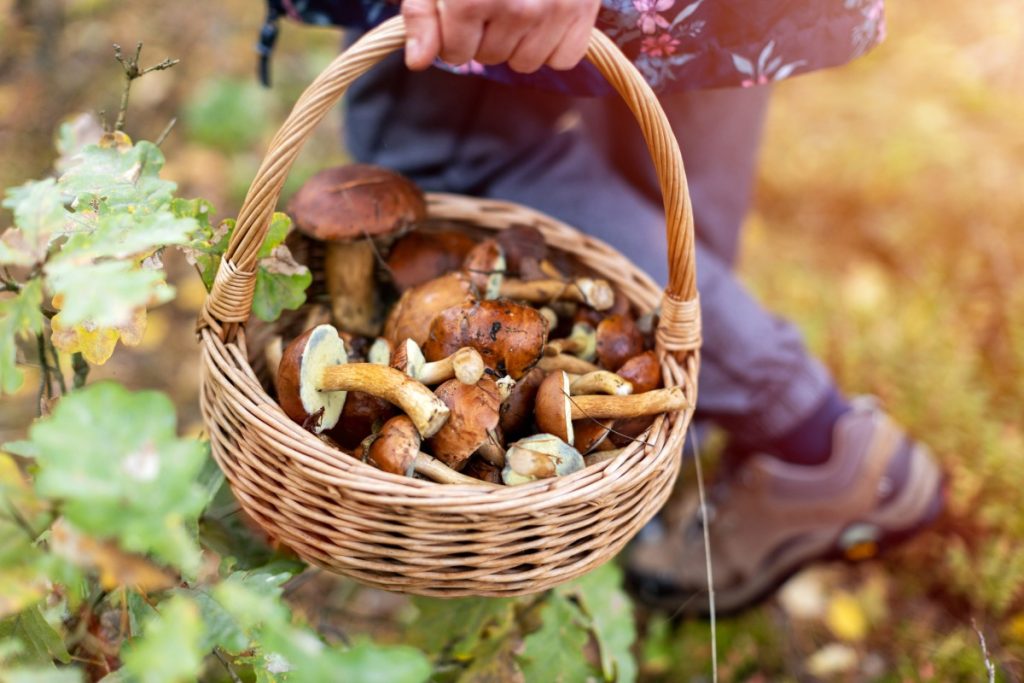
Symptoms of Mycophobia
People with mycophobia have an intense, irrational fear of mushrooms that causes anxiety and sometimes even panic attacks.
Usually, the fear is proportionally greater than any danger or threat posed by the mushrooms.
But, not all mycophobia is so severe. Some mycophobes only fear wild or unknown mushrooms but happily eat common store-bought button and cremini mushrooms.
People with severe mycophobia often go to great lengths to avoid mushrooms.
Apart from avoiding them in the wild, they may take this to the extreme and refuse to go to restaurants or stores that cook or serve mushrooms in any way.
When in the presence of mushrooms, symptoms of mycophobia, like other specific phobias, may include:
- Feelings of imminent danger or doom
- Increased heart rate
- Increased rate of breathing
- Muscle tension
- Trembling
- Excessive sweating
- Shortness of breath
- Feeling of choking
- Chest pain or discomfort
- Nausea or abdominal discomfort
- Feeling faint or dizzy
- Fear of losing control
- Tingling sensation
- Chills or hot flushes
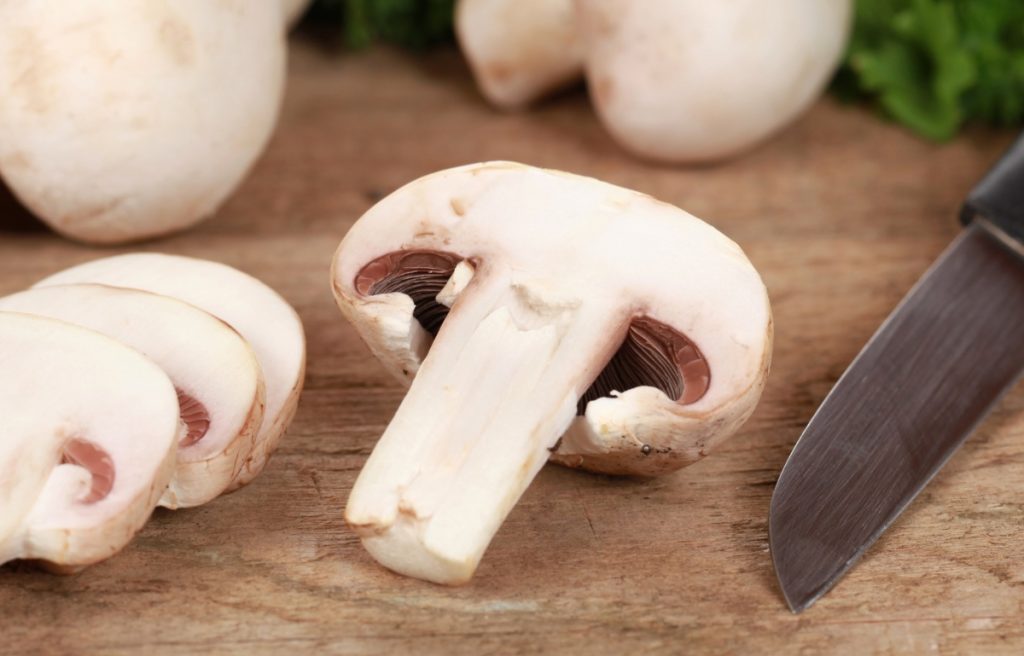
How Do I Know If I Have Mycophobia?
You may have mycophobia if the anxiety you have about mushrooms is causing you distress and interfering with your daily life.
If you go out of your way to avoid mushrooms and feel anxious when you see or think about mushrooms, you should speak to your doctor about it.
How is Mycophobia Treated?

There are several treatment options available for people with mycophobia. Which is best for you will depend on the severity of your phobia.
Those suffering from a severe anxiety disorder may benefit from:
- Exposure Therapy – This is one of the best treatments for specific phobias and involves a therapist gradually exposing a person to their fear.
Any therapist who implements this treatment must have experience and a strong sense of how severe the phobia is, so they utilize the correct amount of exposure.
Underexposure may not work, and overexposure could make the phobia worse.
- Cognitive Behavioral Therapy (CBT) – CBT involves having a therapist help a patient uncover why they think, feel, and behave the way they do about their fear.
Therapists often use cognitive behavioral therapy in conjunction with exposure therapy. The emphasis is on developing a patient’s sense of mastery over their thoughts and feelings rather than letting them overwhelm them.
- Hypnotherapy – Hypnosis is also sometimes used as a treatment and tackles the underlying trigger of the phobia in the subconscious instead of only treating the symptoms.
Hypnotherapy can be very effective when treating phobias and works best when used in conjunction with other therapies.
But for victims of cultural mycophobia, who only fear eating unknown wild mushrooms, education is often the solution.
Instead of fearing all wild or unusual mushrooms, try spending time with an experienced mycologist and learning how to identify some distinctive wild gourmet mushrooms.
Or, get your hands on a good mushroom book and discover the wonderful world of fungi.
Mushrooms are not only good for our bodies and minds but also play a vital role in our environment and have numerous unique uses.
Once a person understands more about mushrooms and their life cycle, their fear often diminishes.
If you are not keen on foraging for mushrooms, try growing your own.
A mushroom growing kit is the best way for complete beginners to experience the wonder of growing their own mushrooms for the first time.
Or, if you want to know more, try our online mushroom growing course for beginners and learn how to grow oyster mushrooms, some of the easiest gourmet mushrooms to grow, at home.
Being involved in the life cycle of your mushrooms from beginning to end may go a long way to removing your fear of gourmet mushrooms.
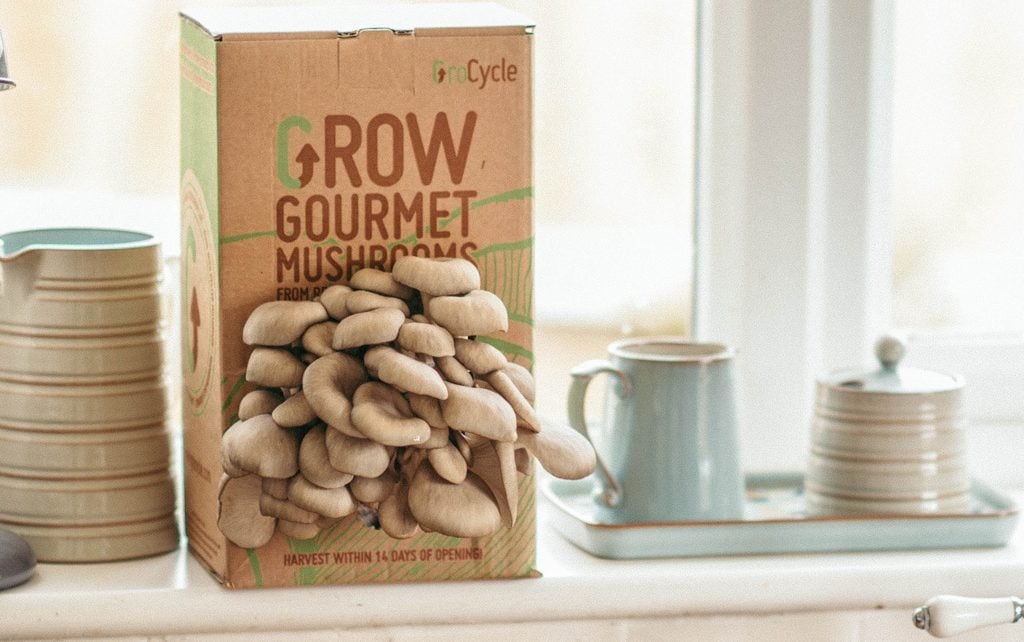
Final Thoughts
Most people who experience mycophobia come from cultures that see mushrooms as dangerous and suspicious.
Often cultural mycophobia is not severe, and learning more about wild gourmet mushrooms is all it takes to change the way people feel.
Learning about the numerous health and nutritional benefits of mushrooms encourages people to add different mushrooms to their diet.
To learn more about different types of mushrooms and how to clean, cook and enjoy them visit our Mushroom Education Hub.
